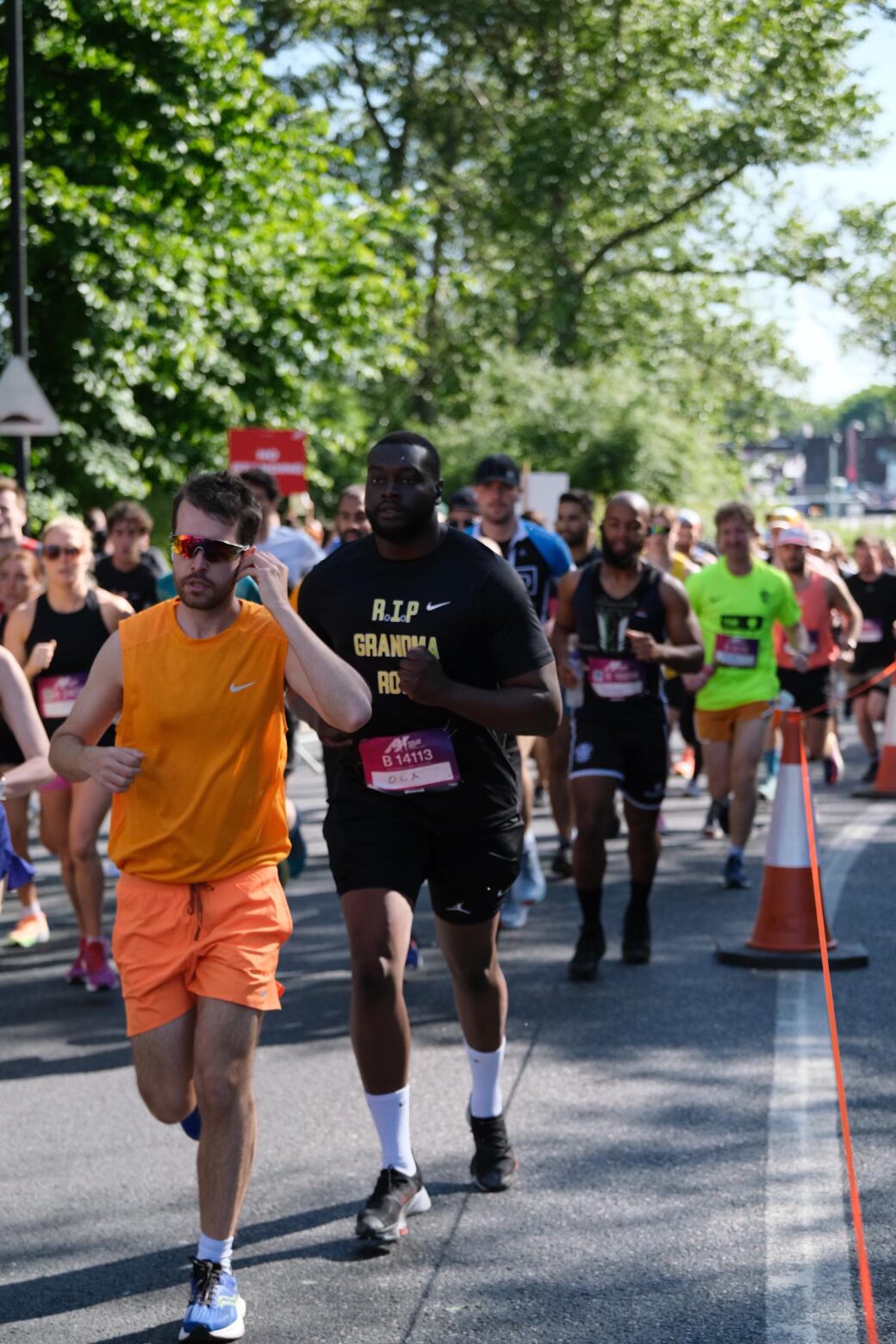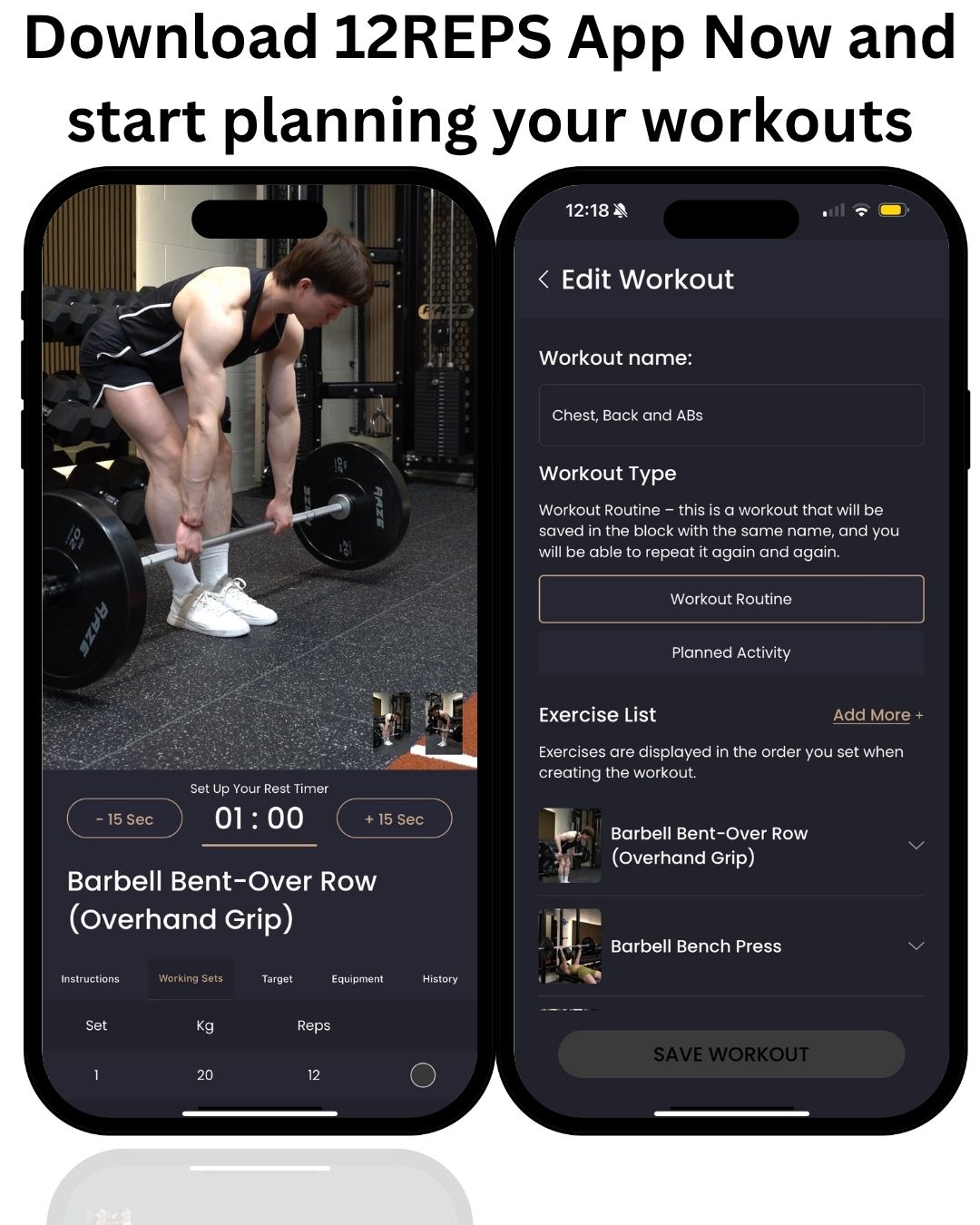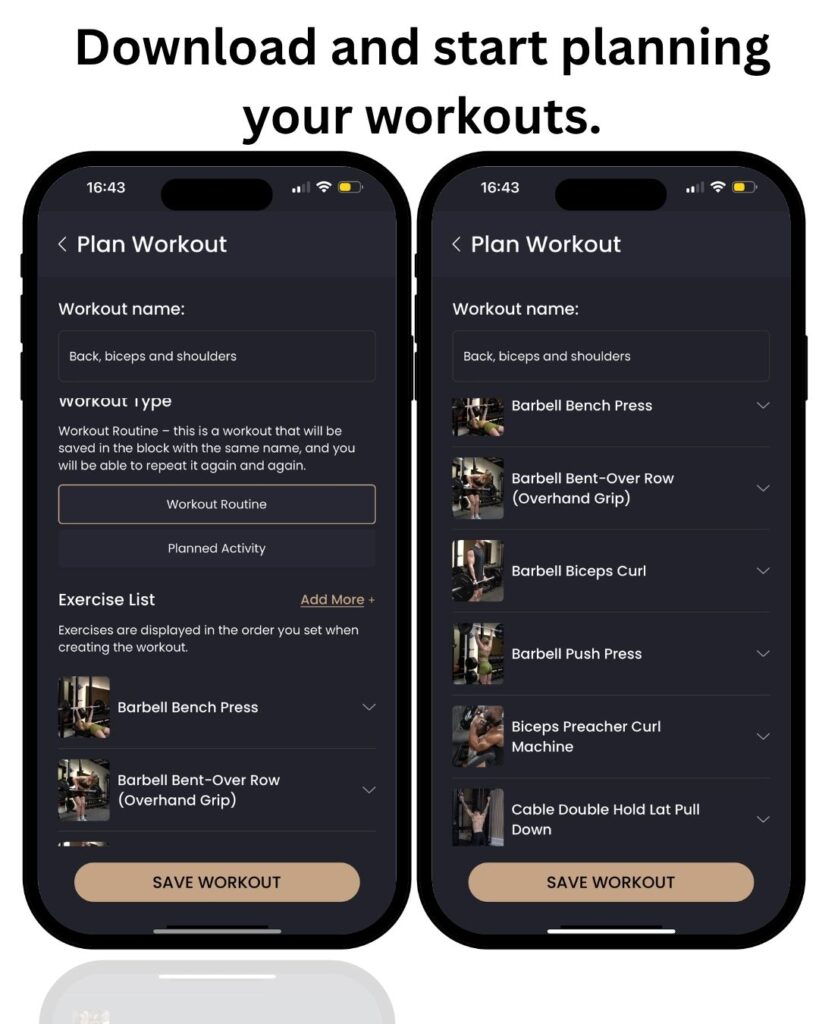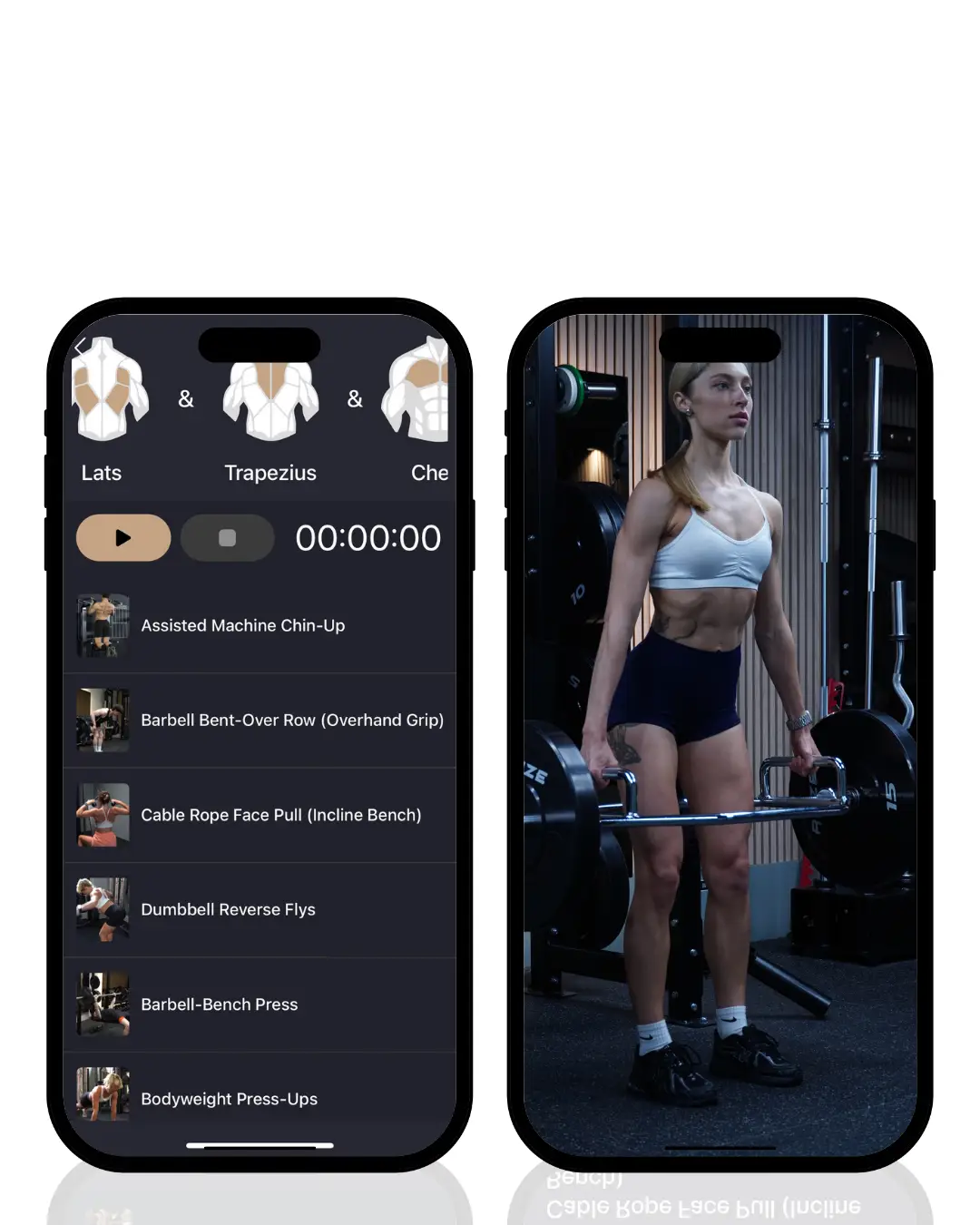By Will Duru, BSc (Hons) Sport and Exercise Science, Award-winning Personal Trainer with over 10 years of experience in strength training and optimising recovery
It was a busy afternoon at the gym in the heart of London when I first met Ola. He walked in, weighing 115kg, with determination in his eyes but uncertainty about where to start. He had a fire burning inside him and a goal that seemed both daunting and inspiring: to transform his life and lose 25kg. As a personal trainer with over a decade of experience coaching men and women to unlock their inner strength, I knew that Ola’s journey would require more than just one approach. We combined strength training, HIIT, and boxing to create a comprehensive program that would strip away the excess weight while building lean muscle and cardiovascular fitness.
After months of dedication and hard work, Ola achieved his initial goal of losing 25kg. But I knew that maintaining motivation after reaching such a significant milestone could be challenging. That’s when we set a new goal that would keep him driven and focused: running a half-marathon. We needed something that would challenge him in a completely different way and maintain the momentum. The transition from weight loss to endurance running required a strategic shift in our training approach, but the foundation of strength we had built became the secret weapon that would take his performance to the next level.
Many runners believe that the only way to become a better runner is to run more. While running is, of course, essential, strength training is the secret weapon that can take your performance to the next level. It’s the difference between finishing a race and crushing it. It’s the key to preventing injuries, improving your running economy, and unlocking a new level of power and speed you never thought possible. Just take it from Ola, who not only conquered the Hackney Half but also the London Half Marathon, achieving an incredible time of 1:50. His journey is a testament to the transformative power of combining strength training with running, a journey you can embark on too.
This article will guide you through a 12-week strength training program designed specifically for runners. We’ll delve into the importance of strength training, debunk common myths, and provide you with a detailed, easy-to-follow plan that you can perform at the gym. This program is designed to be used with the 12Reps app, a powerful workout tracker app that will help you stay on track and monitor your progress. Whether you’re a seasoned marathoner or just starting your running journey, this program will help you build the strength, power, and resilience you need to achieve your goals.
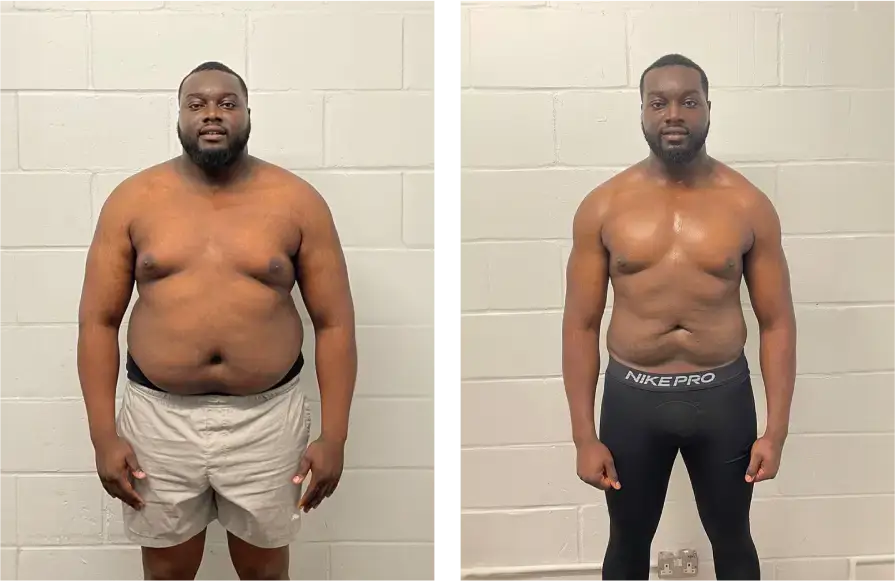
The “Why” Behind Strength Training for Runners
Before we dive into the program, let’s talk about why strength training is so crucial for runners. Think of your body as a high-performance vehicle. Your cardiovascular system is the engine, but your muscles, bones, and connective tissues are the chassis, suspension, and tires. If you have a powerful engine but a weak chassis, you’re not going to be able to handle the demands of the road. You’re more likely to break down and get injured.
Strength training helps to:
- Prevent Injuries: Running is a high-impact activity that places significant stress on your joints and muscles. Strength training helps to strengthen your muscles, ligaments, and tendons, making them more resilient to the repetitive stress of running. This can significantly reduce your risk of common running injuries like runner’s knee, shin splints, and IT band syndrome.
- Improve Running Economy: Running economy refers to the efficiency with which your body utilises oxygen at a given pace. The better your running economy, the less energy you expend to run at a certain speed. Strength training, particularly exercises that target the legs and core, can enhance your running economy by increasing muscle power and stiffness, enabling you to generate more force with each stride.
- Increase Power and Speed: Stronger muscles can generate more force, resulting in a more powerful and explosive running stride. This can help you run faster and more efficiently, especially when it comes to hills and finishing sprints.
- Enhance Muscular Endurance: Strength training helps your muscles become more resistant to fatigue, allowing you to maintain your form and pace for longer periods.
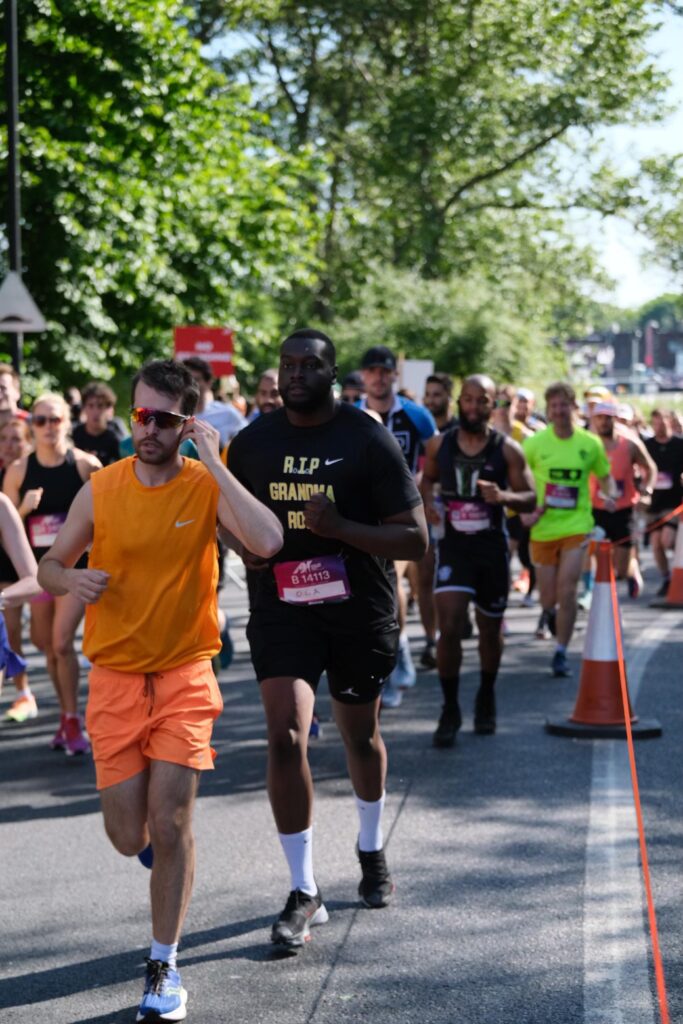
The 12-Week Strength Training Program for Runners
This 12-week program is divided into three phases, each lasting four weeks. The program follows a push/pull/legs and core split, with three workouts per week. This structure enables adequate recovery between workouts and ensures that all major muscle groups are effectively targeted.
Equipment Needed:
- Kettlebell
- Dumbbell
- TRX
- Resistance Band
- Loop Band
- Sled
Warm-up (10 minutes):
- Incline walk on a treadmill or rowing for 10 minutes.
- Mobility stretches (see table below).
Stretch | Description |
Cat-Cow | Start on your hands and knees. Inhale as you drop your belly towards the mat and look up. Exhale as you round your spine and tuck your chin to your chest. |
World’s Greatest Stretch | Step forward into a lunge. Place your hand on the inside of your front foot and twist your torso towards your front leg, reaching your other arm towards the ceiling. |
Hamstring Stretch | Sit on the floor with one leg extended straight out in front of you and the other leg bent with the sole of your foot against your inner thigh. Gently lean forward over your straight leg. |
Cool-down (10 minutes):
- 10 minutes on the StairMaster or incline walk on the treadmill.
Finisher (4 sets):
- 30 Squats/Knee Press
- 30 Sit-ups
- 30 Calf Raises
- 30 Glute Bridges
Perform this finisher every morning before showering or every evening before going to bed.

Phase 1: Foundation Building (Weeks 1-4)
This phase focuses on building a solid foundation of strength and stability. We will use higher reps and lower weights to focus on proper form and technique. Each workout consists of 6 exercises, with 4-5 sets of 10-12 reps.
Workout A: Push
Exercise | Sets | Reps | Weight | Rest Period |
Dumbbell Bench Press | 4-5 | 10-12 | Light | 60 seconds |
Incline Dumbbell Press | 4-5 | 10-12 | Light | 60 seconds |
TRX Push-ups | 4-5 | As many as possible | Bodyweight | 60 seconds |
Dumbbell Shoulder Press | 4-5 | 10-12 | Light | 60 seconds |
Lateral Raises | 4-5 | 10-12 | Light | 60 seconds |
Tricep Pushdowns (Resistance Band) | 4-5 | 10-12 | Light | 60 seconds |
Workout B: Pull
Exercise | Sets | Reps | Weight | Rest Period |
Pull-ups (or Lat Pulldowns) | 4-5 | As many as possible | Bodyweight | 60 seconds |
Bent-over Dumbbell Rows | 4-5 | 10-12 | Light | 60 seconds |
TRX Rows | 4-5 | 10-12 | Bodyweight | 60 seconds |
Face Pulls (Resistance Band) | 4-5 | 10-12 | Light | 60 seconds |
Dumbbell Bicep Curls | 4-5 | 10-12 | Light | 60 seconds |
Hammer Curls | 4-5 | 10-12 | Light | 60 seconds |
Workout C: Legs & Core
Exercise | Sets | Reps | Weight | Rest Period |
Goblet Squats (Kettlebell) | 4-5 | 10-12 | Light | 60 seconds |
Dumbbell Lunges | 4-5 | 10-12 per leg | Light | 60 seconds |
Romanian Deadlifts (Dumbbell) | 4-5 | 10-12 | Light | 60 seconds |
Glute Bridges (Loop Band) | 4-5 | 15-20 | Bodyweight | 60 seconds |
Plank | 4-5 | 30-60 seconds | Bodyweight | 60 seconds |
Leg Raises | 4-5 | 15-20 | Bodyweight | 60 seconds |
Phase 2: Strength & Power (Weeks 5-8)
In this phase, we will increase the intensity by introducing supersets and heavier weights. A superset is when you perform two exercises back-to-back with no rest in between. Each workout consists of 5 exercises and 4 supersets, totalling 9 exercises. We will perform 4 sets of 8-10 reps.
Workout A: Push
|
Exercise |
Sets |
Reps |
Weight |
Rest Period |
|
Superset 1 |
4 |
90 seconds |
||
|
Barbell Bench Press |
8-10 |
Moderate |
||
|
Dumbbell Flyes |
10-12 |
Light |
||
|
Superset 2 |
4 |
90 seconds |
||
|
Overhead Press (Barbell) |
8-10 |
Moderate |
||
|
Arnold Press (Dumbbell) |
10-12 |
Light |
||
|
Single Set |
4 |
|||
|
Dips (or Bench Dips) |
As many as possible |
Bodyweight |
60 seconds |
Workout B: Pull
|
Exercise |
Sets |
Reps |
Weight |
Rest Period |
|
Superset 1 |
4 |
90 seconds |
||
|
Weighted Pull-ups (or Lat Pulldowns) |
8-10 |
Moderate |
||
|
T-Bar Rows |
8-10 |
Moderate |
||
|
Superset 2 |
4 |
90 seconds |
||
|
Seated Cable Rows |
10-12 |
Light |
||
|
Reverse Pec-Deck |
10-12 |
Light |
||
|
Single Set |
4 |
|||
|
Barbell Bicep Curls |
8-10 |
Moderate |
60 seconds |
Workout C: Legs & Core
|
Exercise |
Sets |
Reps |
Weight |
Rest Period |
|
Superset 1 |
4 |
90 seconds |
||
|
Barbell Squats |
8-10 |
Moderate |
||
|
Leg Press |
10-12 |
Moderate |
||
|
Superset 2 |
4 |
90 seconds |
||
|
Deadlifts |
5-8 |
Heavy |
||
|
Hamstring Curls |
10-12 |
Light |
||
|
Single Set |
4 |
|||
|
Calf Raises |
15-20 |
Moderate |
60 seconds |
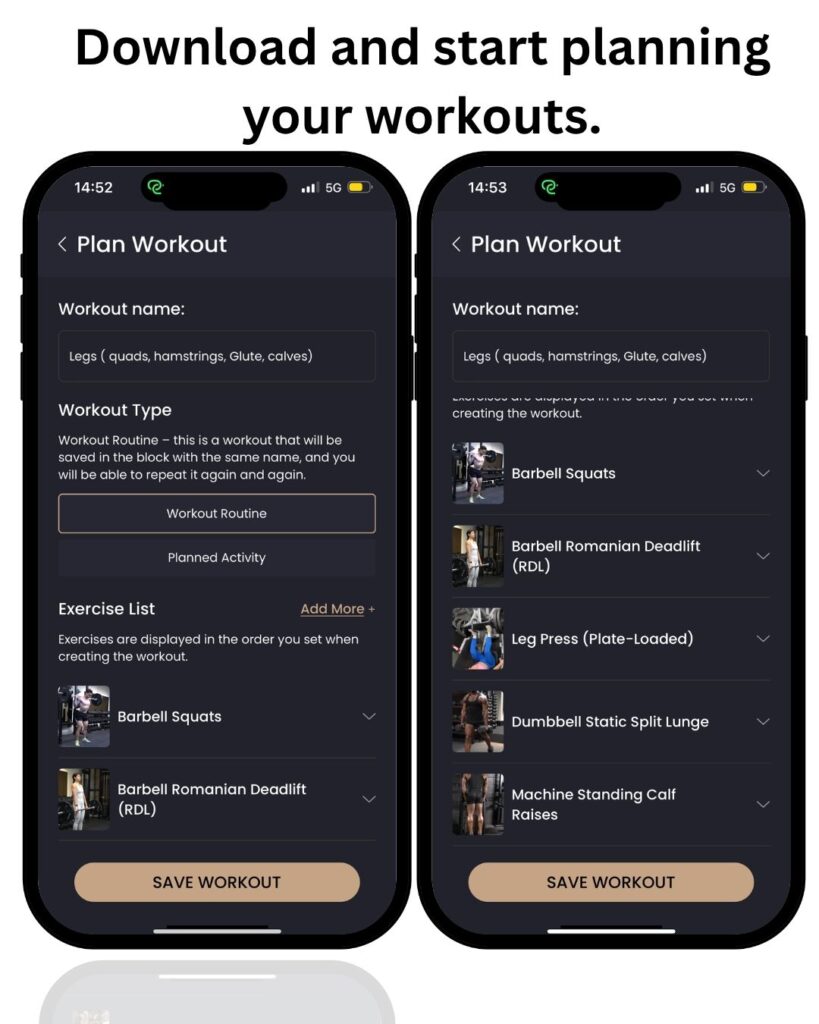
Track Your Progress with the 12Reps App
To get the most out of this program, it’s essential to track your progress. This is where the 12Reps app comes in. The 12Reps app is a comprehensive strength training app and workout tracker that allows you to:
- Build Your Routine: You can easily build the workouts from this program in the app by navigating to the ‘Build Your Routine’ section and selecting the exercises.
- Track Your Sets, Reps, and Weight: The app enables you to log your sets, reps, and weight for each exercise, allowing you to track your progress over time.
- Use the Stopwatch: The app has a built-in stopwatch to help you monitor your rest periods and stay on track.
- Access a Library of Exercises: The app features a vast library of exercises with video demonstrations, ensuring you perform each exercise with proper form.
Ready to take your running to the next level? Download the 12Reps app today and start your 7-day free trial. It’s time to build a stronger, faster, and more resilient you.
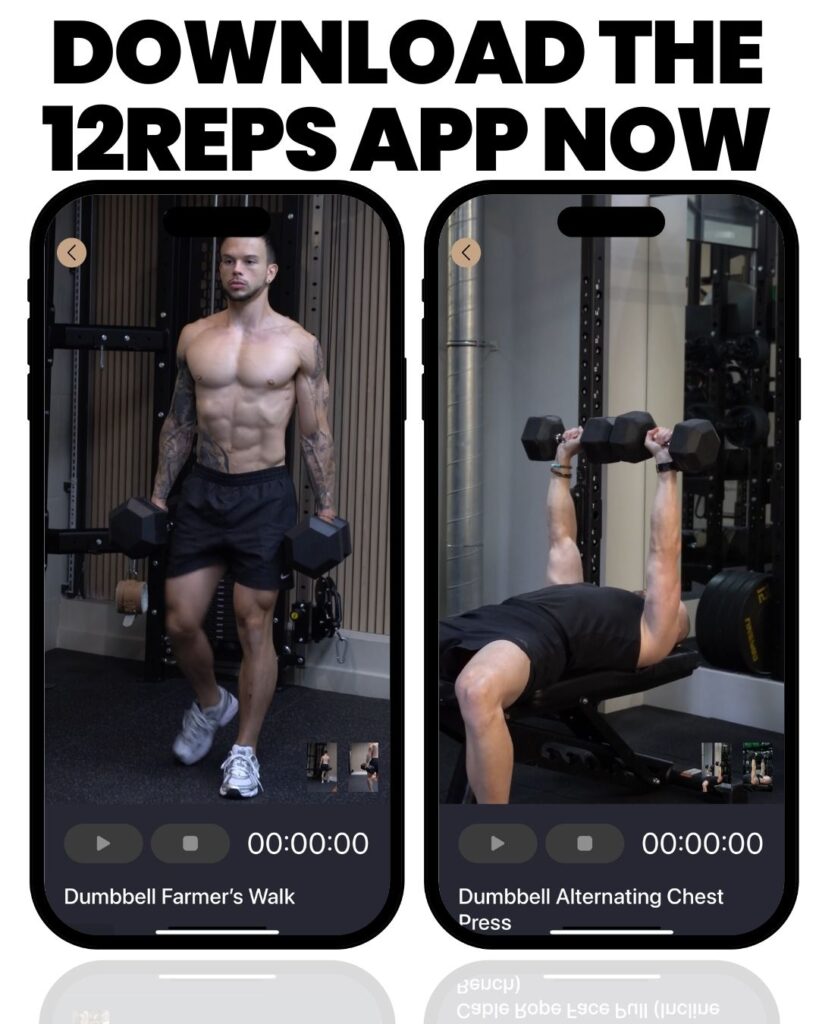
About the Author
Will Duru is a certified personal trainer with over 10 years of experience in the fitness industry. He specialises in helping men and women build strength, lose weight, and improve their athletic performance. Will is passionate about empowering his clients to achieve their goals and live healthier, more fulfilling lives.

